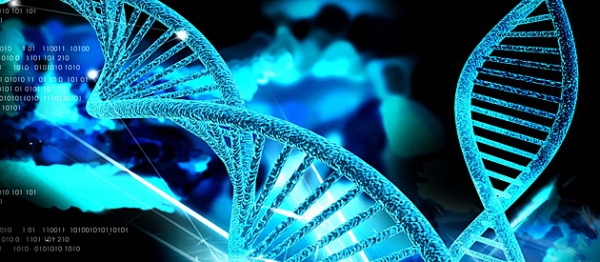Cell Free DNA, also known as circulating cf-DNA is a type of DNA located in the bloodstream. Cell free DNA extraction has been proven to acquire potential as a noninvasive substrate for the diagnosis and monitoring of tumor cells in the human body. As circulating tumor DNA is often present at low frequencies within cf-DNA, targeted sequencing can be the best tool for DNA mutation recognition. cf-DNA in plasma is commonly used for basic and specialized medical research, including different cancer types studies. However, some commercially available cf-DNA isolation kits have tiresome procedures, make use of many testing agents, and frequently require heat for DNA circumvention and Protease K treatment, which ends up making the entire process delicate and cumbersome.
Extracellular nucleic acids can exist in several body liquids such as serum, bronchial lavage, plasma and other body vital fluids and their evaluation has gained increasing attention during modern times. The effectiveness of the research of cell-free DNA has been demonstrated in several domains such as prenatal examination utilizing fetal DNA from maternal plasma and the analysis and prognosis of patients with cancer. On top of that, it was shown that the study of cell-free DNA in patients with nonmalignant diseases could be of value. Because of the small volumes and highly fragmented character of cell-free DNA in plasma and serum, it continues to be a problem to accomplish fast, efficient, and reliable isolation. Commercial products for the isolation of DNA from body liquids have mainly been developed, paying their attention to medium- and high-molecular-weight DNA, that is viral and Cancerous DNA. Little work has been allocated to fast and productive commercially available purification systems for the isolation of highly fragmented DNA from body liquids. Thus, many existing products have weaknesses regarding separation of small DNA fragments from basic body fluids. Another concern in the purification of cell-free DNA is the reduced concentration of the marked DNA. Essentially, the cleaning method should enable processing reasonable test amounts at the same time for elution in an exceedingly small volume.
Developments in next-generation sequencing (NGS) tech now allows the utilization of cf-DNA as a biomarker for liquid biopsy research applications. Successful use of cf-DNA as a cancer research biomarker requires an easily implemented protocol to gain access to the design template and efficient DNA removal from large amounts of plasma (1-10 mL). Owing to the small volumes of cf DNA (10-1,000 copies/mL) in the bloodstream. The capability to concentrate and review the limited cf-DNA within those big plasma volumes with solutions such as NGS permits researchers to obtain more information at a quicker rate than with the available methods. The availability of blood examples suggests that cf-DNA removal and examination could be beneficial in cancer research for possible diagnosis and monitoring of tumor cell growth in future.
In spite of the fact that THP convention is cheaper, modifiable and more powerful to isolate cf DNA from constrained clinical specimens, it is not recommended for use in large scale. Then again, using a cell free DNA extraction kit in the case of lower yields builds the false negative cases. All in all, it’s recommended that labs utilize DNA Blood Mini Kit for features, but to be on the safe side, ensure negative predicted samples should be reevaluated using THP protocols to avoid false results.



